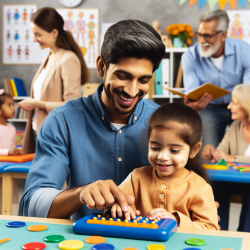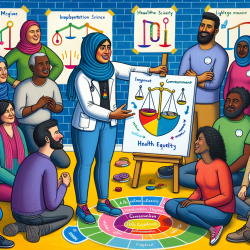Introduction
In the realm of educational interventions, the integration of gender transformative content with social emotional learning (SEL) has shown promising outcomes in transforming gender norms among very young adolescents (VYAs). A recent study conducted in Dar es Salaam, Tanzania, highlights the potential of such interventions to create meaningful changes in gender beliefs and behaviors. This blog explores the key findings from the study titled Adolescent, caregiver and community experiences with a gender transformative, social emotional learning intervention, and discusses how practitioners can apply these insights to improve their practice.
Key Findings
The study involved 279 participants, including adolescents, parents/caregivers, and community members, and utilized qualitative methods such as in-depth interviews and focus groups. The intervention focused on providing SEL opportunities for adolescents aged 10-11 through experiential learning in mixed-gender teams. The results revealed significant growth in social emotional mindsets and skills, with participants reporting a shift towards more equitable gender norms.
Practical Implications for Practitioners
- Incorporate Mixed-Gender Learning: The study underscores the importance of mixed-gender learning environments. Practitioners should consider integrating activities that encourage collaboration and interaction between boys and girls to challenge traditional gender roles.
- Engage Parents and Community: Involving parents and community members in the learning process can reinforce the transformation of gender norms. Practitioners can facilitate workshops or discussions that include these stakeholders to extend learning beyond the classroom.
- Utilize Technology for Engagement: The use of technology, such as tablets, was found to enhance engagement and learning. Practitioners can leverage digital tools to create interactive and motivating learning experiences.
Encouraging Further Research
While the findings are promising, further research is needed to explore the long-term impact of such interventions on gender norms and overall adolescent development. Practitioners are encouraged to contribute to this growing body of research by documenting their experiences and outcomes when implementing similar programs.
Conclusion
The integration of gender transformative content with social emotional learning presents a powerful approach to fostering gender equity among adolescents. By implementing these strategies, practitioners can play a pivotal role in shaping more equitable gender norms and behaviors, ultimately contributing to healthier developmental trajectories for young people.
To read the original research paper, please follow this link: Adolescent, caregiver and community experiences with a gender transformative, social emotional learning intervention.










